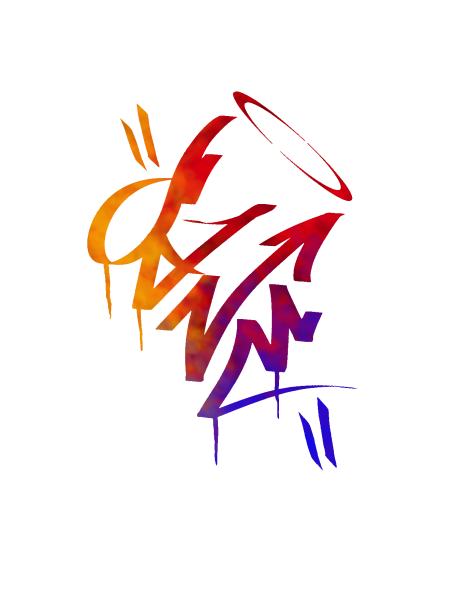Binary
Zoom
Theory

B.Z.T.
Binary Zoom Theory is my way of understanding how we process the world: through questions, through choices, through opposites.
At its core, it’s about this simple idea — that everything we know is built from yes or no answers. Hard or soft? Round or flat? Self or other? Every object, every thought, every feeling is shaped by stacking these binary distinctions on top of one another, layer by layer, zooming in and out between detail and big picture.
It started with a question I couldn’t let go of: why do we have this deep, human urge to write our names, to leave our mark, to say I was here? The answer, I think, lies in how we make sense of the world. We’re constantly breaking down complex things into simpler choices, trying to locate ourselves within them.
Binary Zoom Theory isn’t about limiting things to black-and-white thinking — it’s about understanding that even the most complicated ideas are built from small, basic steps. Like binary code in computers (just ones and zeros), or neurons in the brain (firing or not firing), it’s these tiny decisions that build up into the richness of experience.
In my artwork, you’ll often find these ideas embedded in the visuals: pathways that divide and branch, words that form through structured lines, choices hidden in the shapes themselves. Sometimes the work looks chaotic, but underneath it’s always about that dance between structure and freedom — between the boxes we build and the spaces between them.
Binary Zoom Theory is an invitation to slow down, to zoom in, to ask: what makes a thing what it is? And how much of that is about the choices we make, the questions we ask, and the answers we give?
Antoni tàpies influence
From Static, Form Emerges
This piece channels the core of Binary Zoom Theory: the notion that meaning is not immediate, but constructed — pixel by pixel, thought by thought — through acts of focused perception. Just as Antoni Tàpies explored the game of looking, this work invites a similar form of childlike engagement. We are not given answers, only signals. From a distance: noise. Step closer: structure.
The bold “X” mark, echoing Tàpies’ own recurring symbol, is a visual nudge — a call to attention. It resists closure, denies resolution. It’s the crossroads between chaos and comprehension. In both Tàpies’ and my work, the X is a reminder of the wonder we once had as children, seeing patterns in clouds and meaning in mess. The maze-like circle below doesn’t offer a path, it offers a possibility — to look, to decode, and to play.
From static, form doesn’t simply emerge — we bring it into focus.
©Copyright. All rights reserved.
We need your consent to load the translations
We use a third-party service to translate the website content that may collect data about your activity. Please review the details in the privacy policy and accept the service to view the translations.
